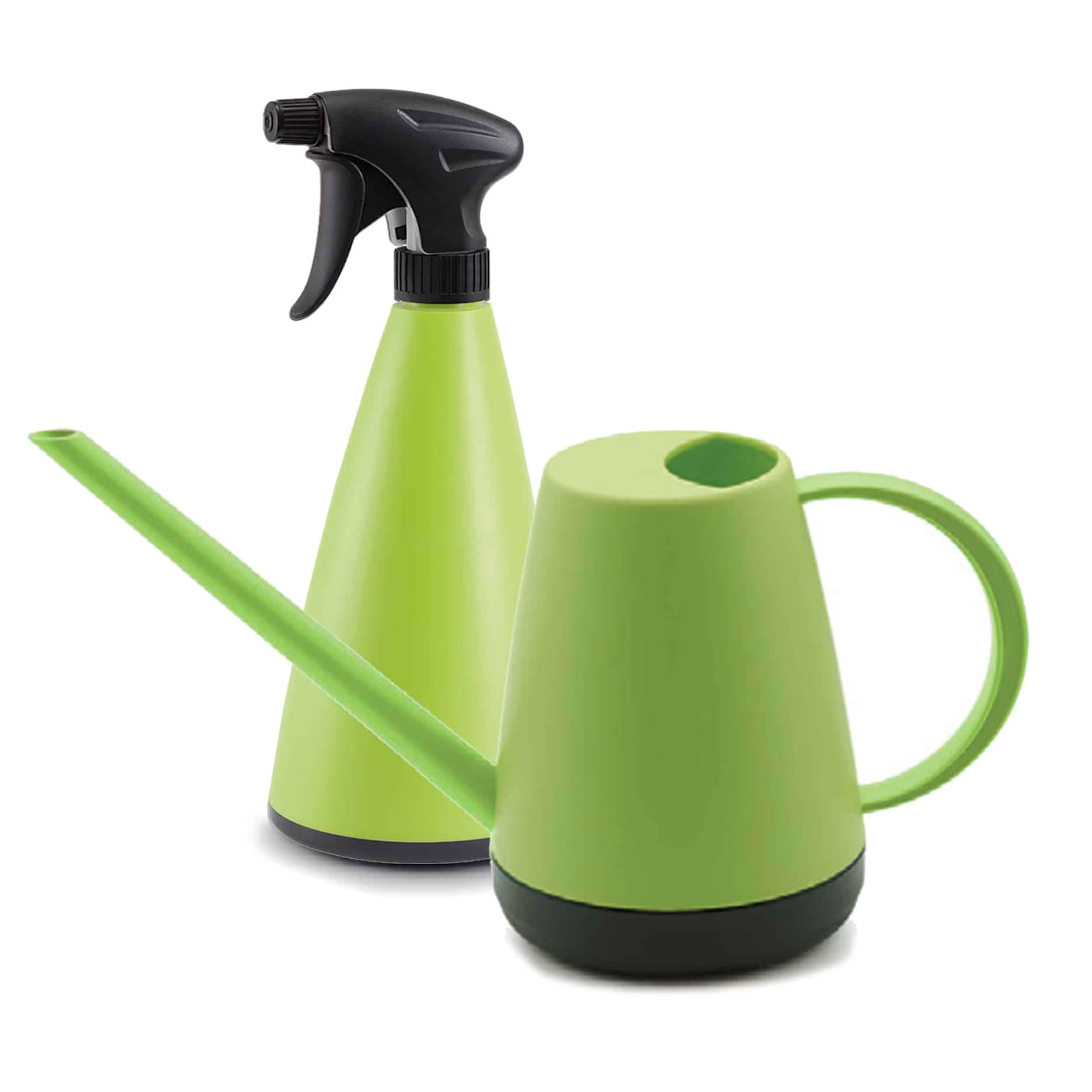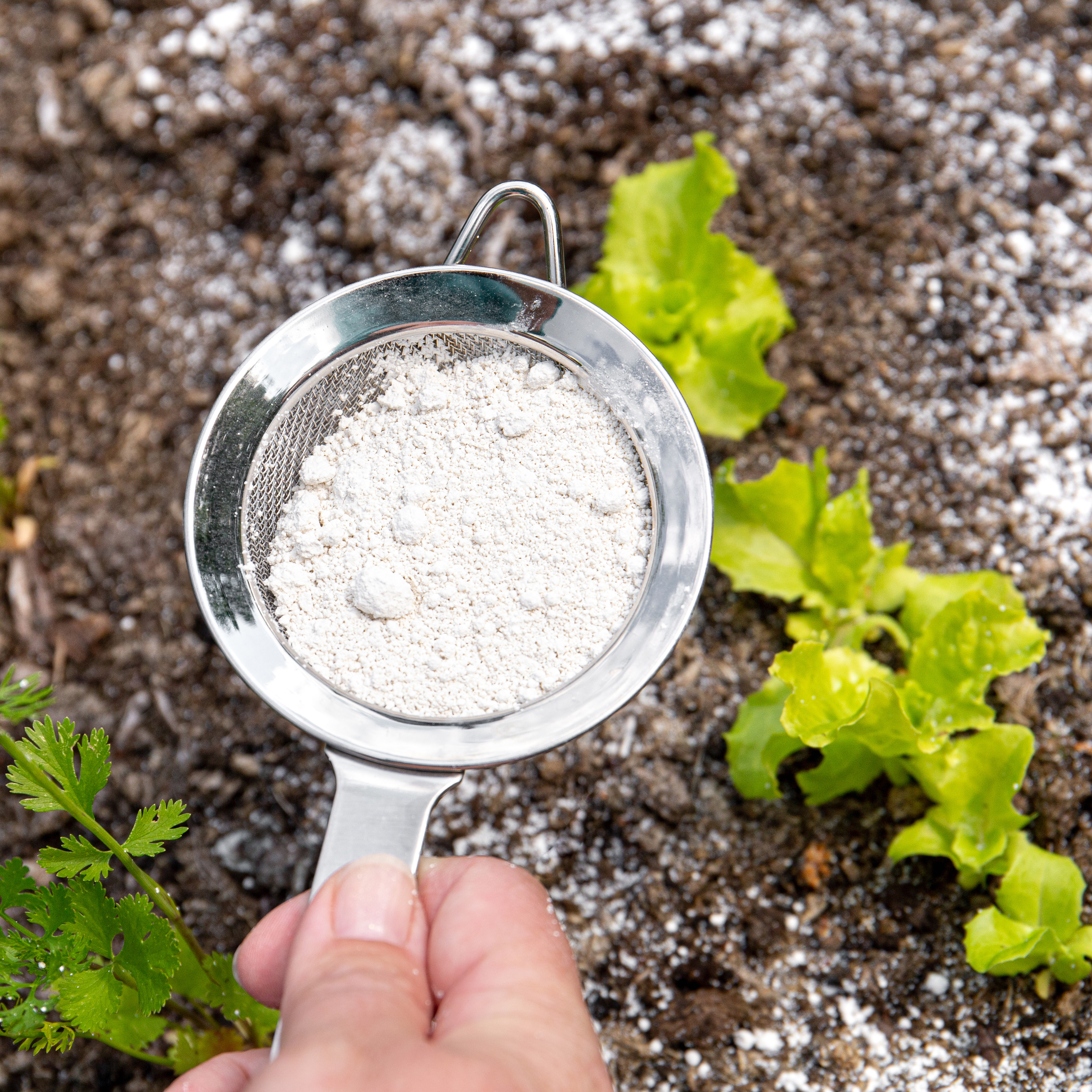This Genius DIY Trick For Keeping Slugs At Bay Is One Of The Best I’ve Tried – This Hack From British Hosta Specialists May Save Your Garden!
Trying to keep one step ahead of mollusks can feel impossible at times, but if you’re interested in organic deterrents, there is hope – here’s how to use garlic for slugs
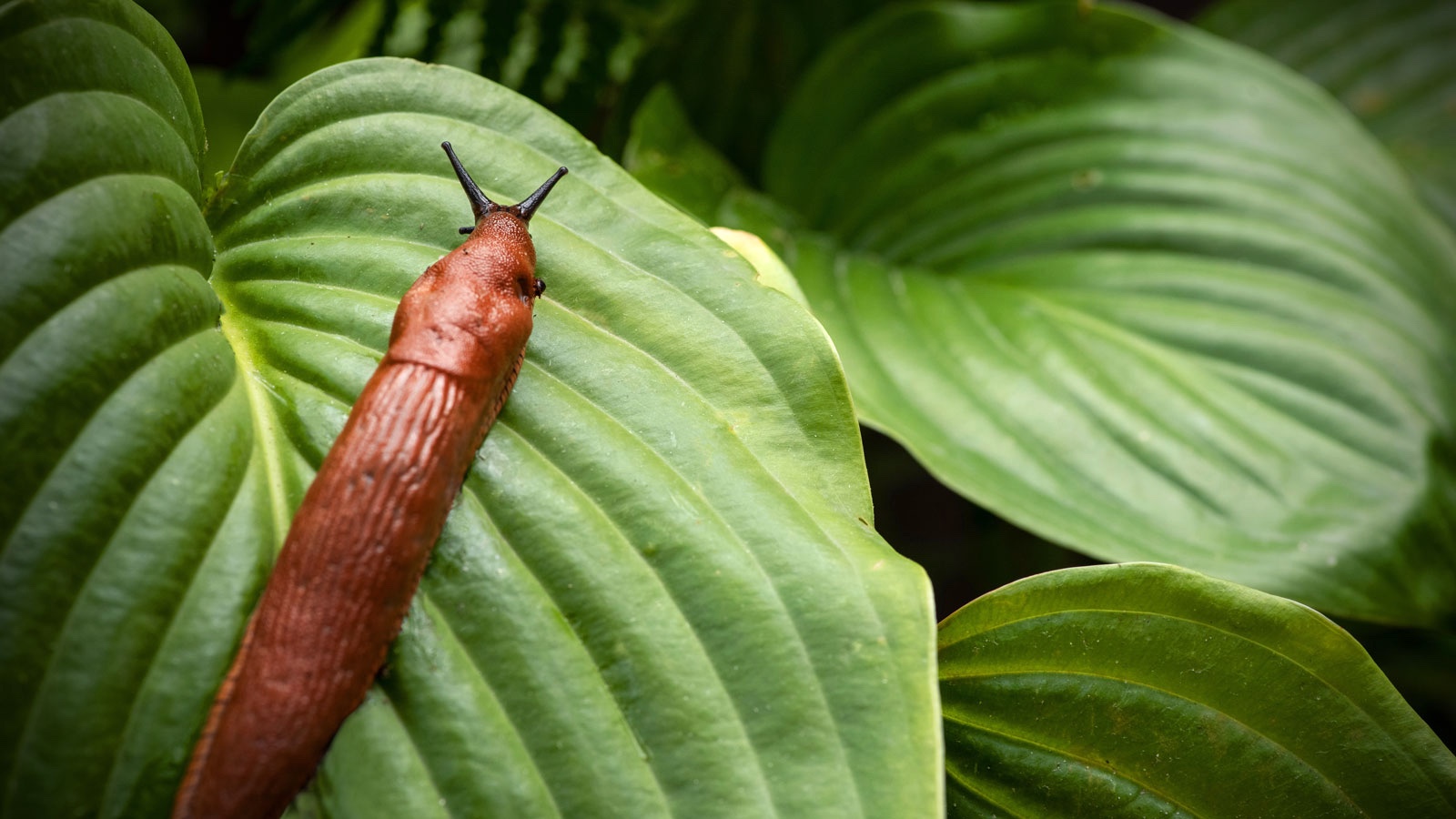

Amy Draiss
As a resident of Western Washington for over 30 years, I think it’s fair to say I have had my share of experience dealing with slugs – with varying degrees of plant damage. While these gastropods are fairly equal opportunity nibblers, they absolutely can't resist my strawberry patch or tender veggie starts, and especially my hostas. You know what that means? War!
As a gastropod warrior, I've tried my share of slug baits and organic slug controls, from beer traps to salting to diatomaceous earth. I’ve even hand-picked the slimy beasts. In isolation, nothing seems to work for very long – but that was before I discovered this simple but very effective deterrent – garlic for slugs.
To be more exact, the answer is to use garlic water to deter slugs. However, I can’t take the credit for this idea. The idea of controlling these pests with garlic actually comes from a UK-based, award-winning specialist grower of hosta plants. In fact, this company’s hostas have got the royal seal of approval. Intrigued? Here’s why I’m reaching for a bulb of garlic to save me from those pesky mollusks…
Use Garlic to Combat Slugs
Sienna Hosta, a company based out of the ceremonial county of Surrey in South East England, is a specialist hosta grower that has won several awards. This company not only runs a brisk mail order business but also supplies award-winning hostas to His Majesty’s gardens at Highgrove. I figured if anyone knows how to deal with these mollusks, it’s them.
Not only do I find their reputation reassuring, but Sienna Hosta’s recipe for garlic water is all natural. This garlic drench for slugs is a boon for anyone who eschews chemicals. Their hack is friendly to pets and children, and won’t cause problems for beneficial insects. This garlic deterrent for slugs can be stored and used for weeks over the growing season.
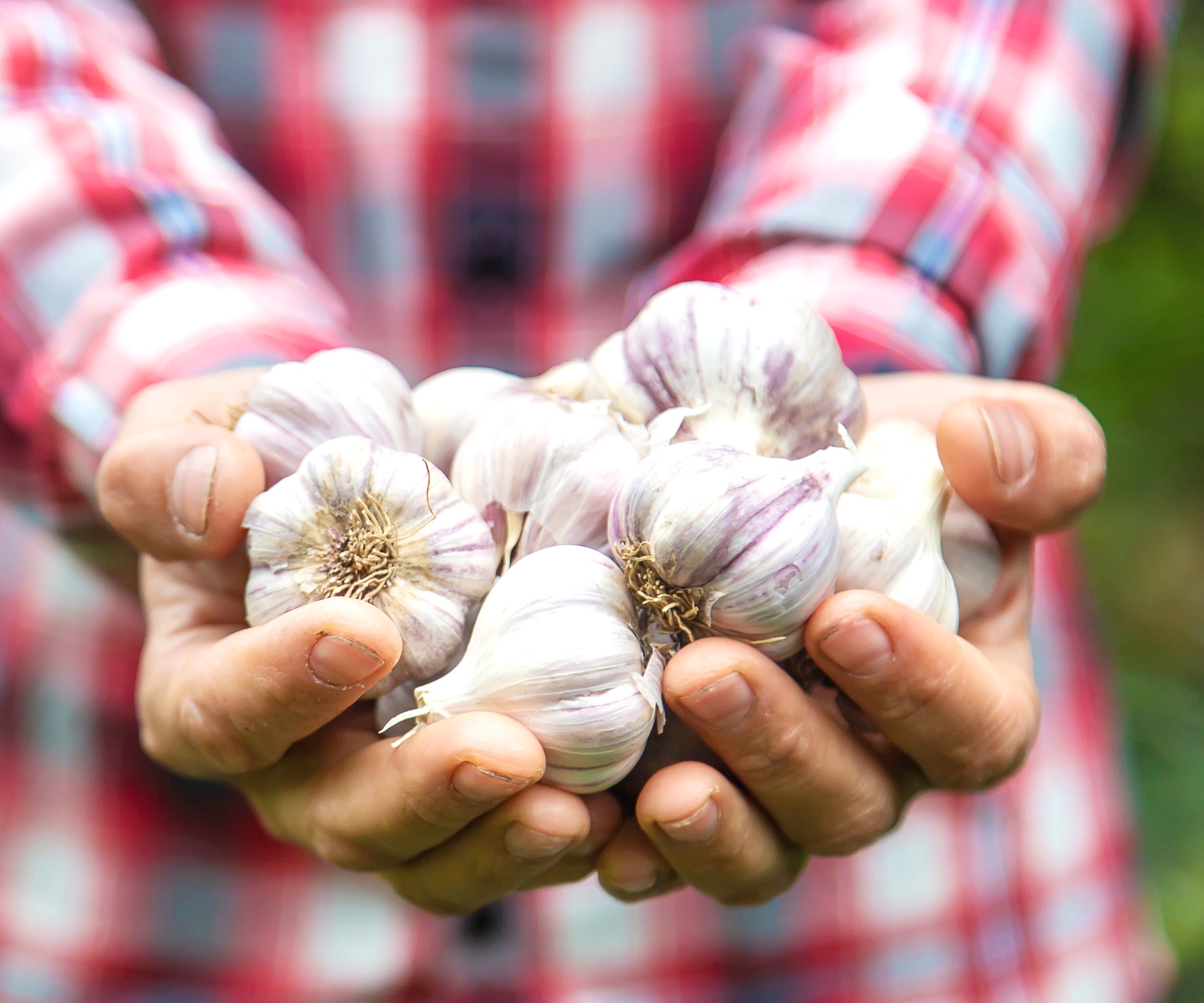
You can keep the garlic water in airtight containers such as mason jars, available at Amazon. Depending on how much you are looking to store, you can also get 2L airtight bottles such as Vosarea liquid storage containers from Amazon. You can store unused garlic water for slugs in a garage or shed, or in the fridge, where it will keep for a few weeks.
How Garlic Helps Deter Slugs
So how does it work? Well, the first thing to bear in mind is that garlic water does not kill the slugs but instead deters them. The process is simple, but it is very effective. Garlic contains allicin, a compound that is released when the bulb is crushed. Strangely, the slugs are initially attracted to the odor. However, after a while, the smell irritates their mucous membranes, effectively repelling them.
Sign up for the Gardening Know How newsletter today and receive a free copy of our e-book "How to Grow Delicious Tomatoes".
So, using garlic water as an organic pesticide is actually a way to coexist with the slugs in your garden without having to sacrifice your plants. If you want to actually kill these pests, then garlic water isn’t the way to go. But using a garlic spray or garlic wash for slugs is an inexpensive and natural way to repel them – and it’s well worth a try to give your favorite plants a better chance of thriving.
How to Make Your Garlic Slug Repellent
So how do you make garlic water to repel slugs? The recipe for garlic water is simplicity itself and can be adjusted to your desired potency. All you need are two whole bulbs of fresh garlic and 2L (or around half a gallon) of water. If you grow garlic and you are lucky enough to have a few spare garlic bulbs from a recent harvest, so much the better – this is your chance to put them to use against the slugs.
Boil the garlic bulbs in the water until they are soft. Mush them with a fork, garlic press or reamer to release as much of their juices as possible. If you don’t have one, there are some good garlic press options at Amazon that can help with the mushing process.
Once the garlic mix has softened, pull the saucepan off the stove and strain out the skins and solid bits. After straining, the liquid will be cloudy and hopefully smelling pungent. Allow this to cool before you use it.
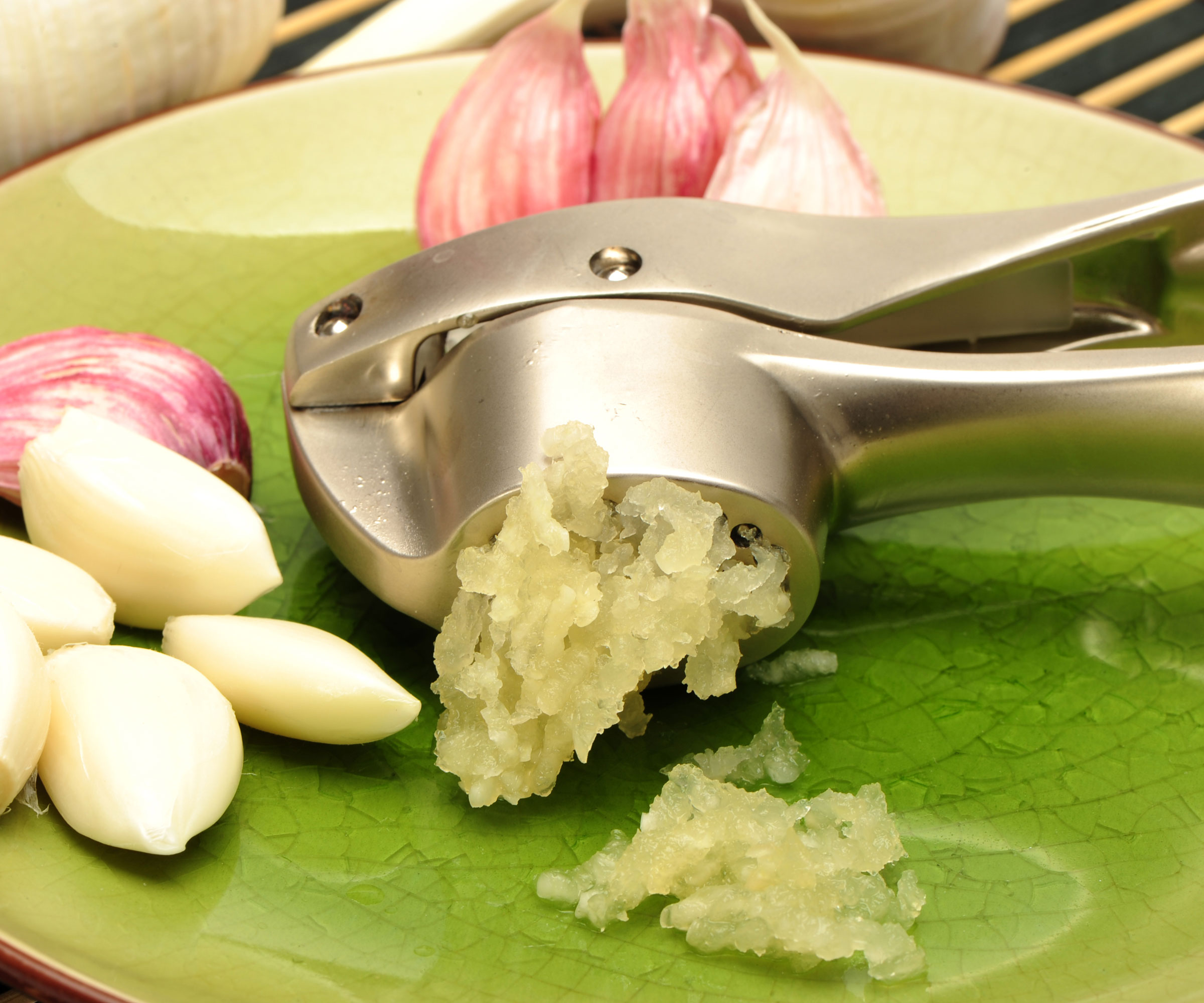
How to Use Your Garlic Slug Repellent
So now it’s time to enjoy the benefits of your garlic concoction. To use the garlic wash in the garden, dilute two tablespoons or one fluid ounce (30ml) with a gallon (5L) of water. The measurements here aren’t exact, though – you can add more or less as you see fit. Pour some of this diluted garlic wash into a sprayer or watering can.
If there are any plants you suspect are vulnerable to slug attack, spray or water them with this garlicky concoction every week. It’s important to stick to a regular routine, and keep an eye on slug numbers, especially during wet and cooler weather when the slugs come out in force.
Spray or water with your garlic repellent weekly between February and October – and basically for as long as you have plants that are growing that you care about and don’t want to lose to slugs. You may need to adapt the regularity of applications if it rains heavily.
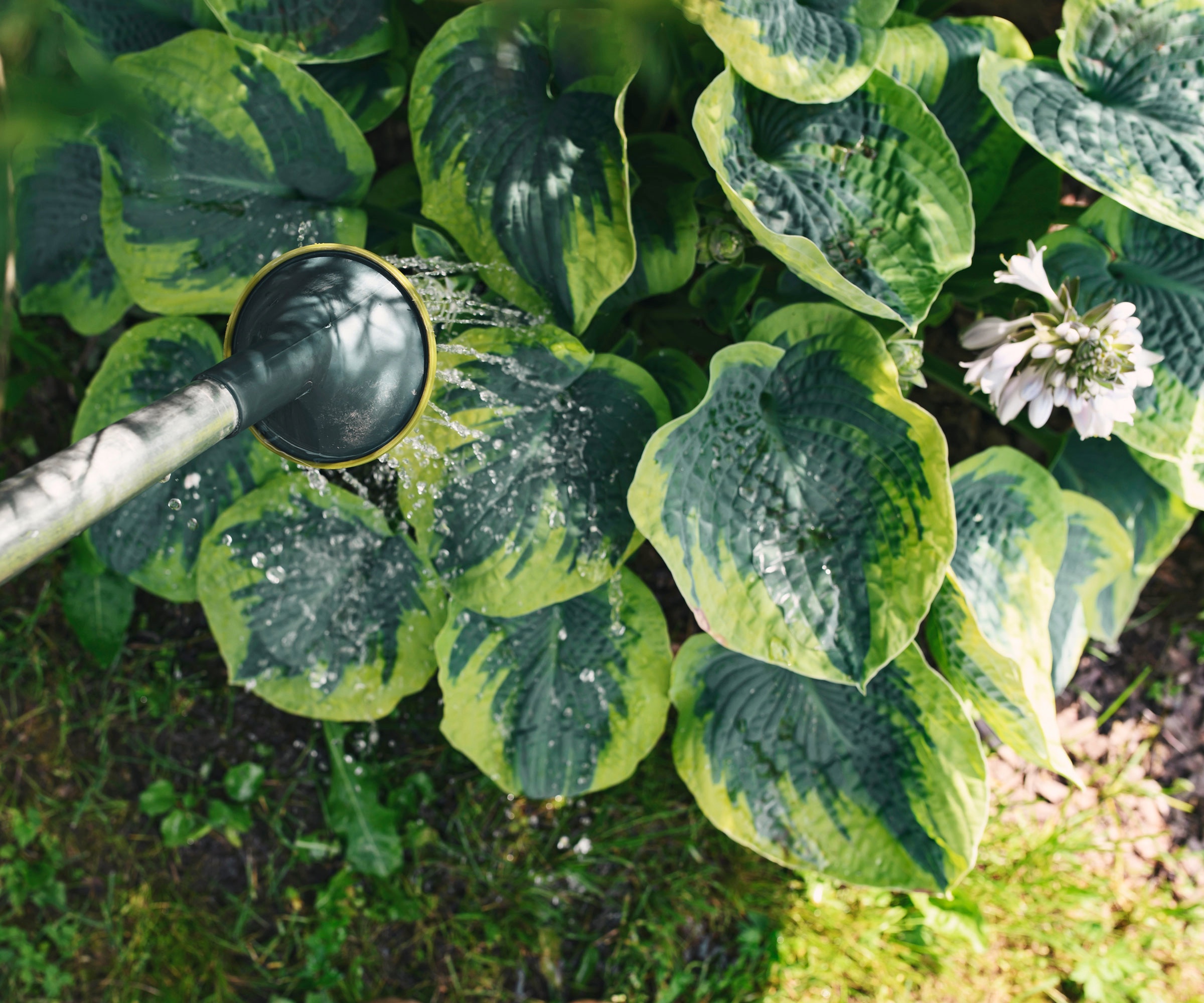
Other Organic Slug Tricks & Deterrents to Try
Give this garlic hack a few weeks, and you should see a downturn in slug activity. However, if the idea of coexisting with slugs doesn't thrill you, there are some other cost effective, natural options for dispatching them – try a few of these simple slug traps together if you want to boost your chances of banishing your slugs for good:
- Try hand-picking them. Plan to go out at dusk, ideally after a rainfall. Pluck the slugs from on or around your plants, and dispatch them in a bucket of soapy water.
- Beer traps can also be used to get rid of slugs. Insert a bowl or dish filled with beer into the ground, making sure the container has sides that are fairly deep.
- Iron phosphate slug pellets can provide a safer alternative to metaldehyde pellets for gardens with wildlife or pet considerations. Try Monterey Sluggo Maxx Iron Phosphate pellets from Walmart.
- The old salt trick will kill the slugs by dehydrating them. However, salt can also affect your plants, so you should use salt sparingly and try to keep it off the plants.
- You can also try egg shells in the garden. Crush shells and sprinkle them around slug affected plants. The jury’s out on how effective this method is. Gastropods can glide across pointed edges, so it might depend on how much you use, and how sharp the edges are.
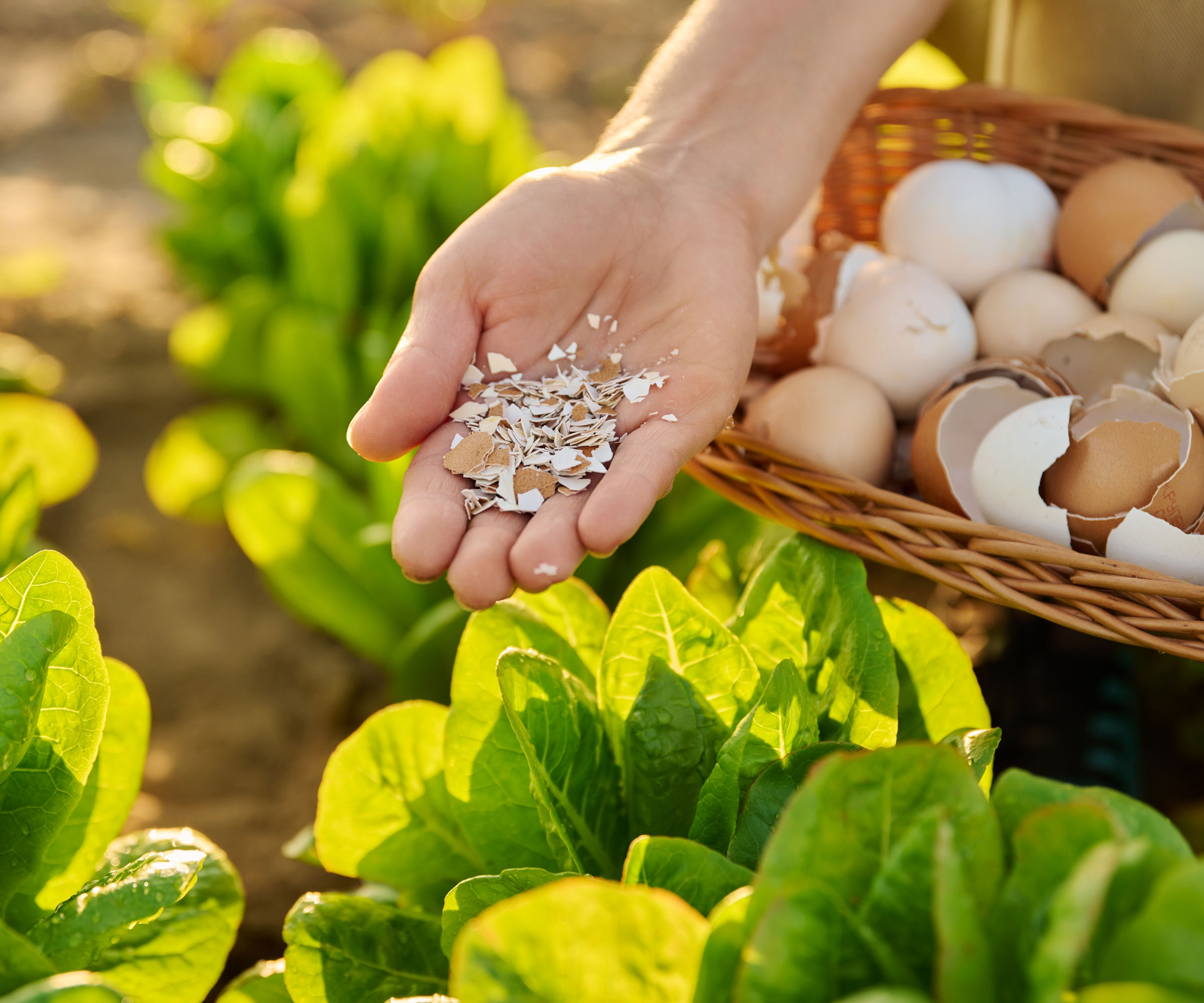
This article features products available from third party vendors on the Gardening Know How Shop. Keep in mind that our plant inventory is limited - so if you’re thinking of purchasing, don’t wait!

Amy Grant has been gardening for 30 years and writing for 15. A professional chef and caterer, Amy's area of expertise is culinary gardening.
- Amy DraissDigital Community Manager
